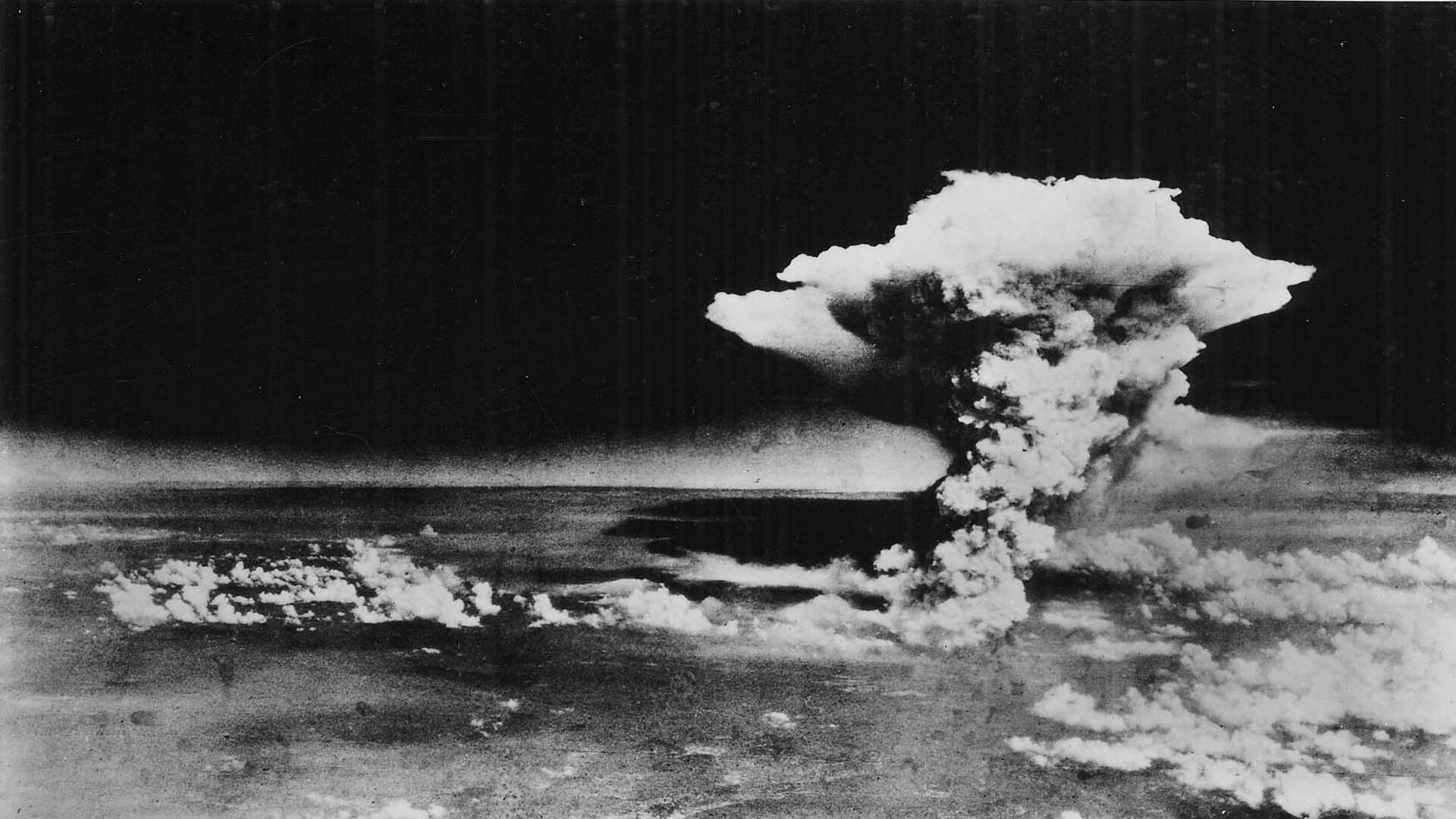https://sputnikglobe.com/20220328/tokyo-should-address-us-on-inadmissibility-of-nuclear-weapons-use-russian-ambassador-says-1094258687.html
Tokyo Should Address US on Inadmissibility of Nuclear Weapons Use, Russian Ambassador Says
Tokyo Should Address US on Inadmissibility of Nuclear Weapons Use, Russian Ambassador Says
Sputnik International
TOKYO (Sputnik) - Russian Ambassador to Japan Mikhail Galuzin said on Monday that the Japanese government should address its statements on the inadmissibility... 28.03.2022, Sputnik International
2022-03-28T11:09+0000
2022-03-28T11:09+0000
2022-03-28T11:09+0000
us
russia
japan
nuclear bomb
nuclear weapons
us atomic bombings
atomic bomb
https://cdn1.img.sputnikglobe.com/img/102541/93/1025419336_0:0:3329:1873_1920x0_80_0_0_17cc02d489fa927d106a7f5377649e78.jpg
On Saturday, Japanese Prime Minister Fumio Kishida and US Ambassador in Japan Rahm Emanuel visited The Peace Memorial Museum and laid flowers at the Peace Memorial Park during their visit to Hiroshima.At the beginning of the ceremony, Prime Minister Kishida said that for a country that was the only one to suffer from atomic bombings, it is important to firmly pursue the goal of avoiding a repetition of destruction by nuclear weapons and, against the backdrop of intimidation of nuclear weapons, insist on the inadmissibility of their use, according to the Japanese Foreign Ministry.During a joint dinner, the US Ambassador said that his intention is to further expand cooperation between Japan and the US for the sake of a world without nuclear weapons, the statement read.The diplomat said that Washington is clearly prone to nuclear adventures as evidenced by the use of depleted uranium munitions in the barbaric bombings of the former Yugoslavia in 1999, as well as pulling non-nuclear NATO members into nuclear weapons as part of the so-called "nuclear missions" in violation of the Treaty on the Non-Proliferation of Nuclear Weapons.He added that the American diplomat did not consider it necessary to apologize to the Japanese for the gravest war crime of his country on August 6, 1945, which claimed the lives of tens of thousands of civilians in Hiroshima, including women and children.In August 1945, the United States dropped atomic bombs on Hiroshima and Nagasaki. From the atomic explosion and its consequences in Hiroshima, 140,000 people died, while 70,000 people died in Nagasaki. On the anniversary of the tragic events — August 6 and 9 — "Peace Memorial Ceremonies" are held annually in Hiroshima and Nagasaki. The epicenter now houses a Peace Memorial Park and a museum, containing documents and exhibits related to the atomic bombing of Hiroshima. There are audio guides in the languages of all countries that possess nuclear weapons.The first sitting president of a nuclear power to visit the museum was US President Barack Obama, which took him about 10 minutes.
japan
Sputnik International
feedback@sputniknews.com
+74956456601
MIA „Rossiya Segodnya“
2022
Sputnik International
feedback@sputniknews.com
+74956456601
MIA „Rossiya Segodnya“
News
en_EN
Sputnik International
feedback@sputniknews.com
+74956456601
MIA „Rossiya Segodnya“
Sputnik International
feedback@sputniknews.com
+74956456601
MIA „Rossiya Segodnya“
us, japan, nuclear bomb, nuclear weapons, us atomic bombings, atomic bomb
us, japan, nuclear bomb, nuclear weapons, us atomic bombings, atomic bomb
Tokyo Should Address US on Inadmissibility of Nuclear Weapons Use, Russian Ambassador Says
TOKYO (Sputnik) - Russian Ambassador to Japan Mikhail Galuzin said on Monday that the Japanese government should address its statements on the inadmissibility of the use of nuclear weapons to Washington.
On Saturday, Japanese Prime Minister Fumio Kishida and US Ambassador in Japan Rahm Emanuel visited The Peace Memorial Museum and laid flowers at the Peace Memorial Park during their visit to Hiroshima.
At the beginning of the ceremony, Prime Minister Kishida said that for a country that was the only one to suffer from
atomic bombings, it is important to firmly pursue the goal of avoiding a repetition of destruction by nuclear weapons and, against the backdrop of intimidation of nuclear weapons, insist on the inadmissibility of their use, according to the Japanese Foreign Ministry.
During a joint dinner, the US Ambassador said that his intention is to further expand cooperation between Japan and the US for the sake of a world without nuclear weapons, the statement read.
"Japan, in the presence of the US ambassador, is discussing in Hiroshima the inadmissibility of the use of nuclear weapons, artificially and without any reason trying to 'tie' Russia to this. It would be much more logical to directly address such a call to the head of the American diplomatic mission", Galuzin said on his Twitter page.
The diplomat said that Washington is clearly prone to nuclear adventures as evidenced by the use of depleted uranium munitions in the barbaric bombings of the former Yugoslavia in 1999, as well as pulling non-nuclear NATO members into nuclear weapons as part of the so-called "nuclear missions" in violation of the Treaty on the Non-Proliferation of Nuclear Weapons.
He added that the American diplomat did not consider it necessary to apologize to the Japanese for the gravest war crime of his country on August 6, 1945, which claimed the lives of tens of thousands of civilians in Hiroshima, including women and children.
In August 1945, the
United States dropped atomic bombs on Hiroshima and Nagasaki. From the atomic explosion and its consequences in Hiroshima, 140,000 people died, while 70,000 people died in Nagasaki. On the anniversary of the tragic events — August 6 and 9 — "Peace Memorial Ceremonies" are held annually in Hiroshima and Nagasaki. The epicenter now houses a Peace Memorial Park and a museum, containing documents and exhibits related to the atomic bombing of Hiroshima. There are audio guides in the languages of all countries that possess nuclear weapons.
The first sitting president of a nuclear power to visit the museum was US President Barack Obama, which took him about 10 minutes.



